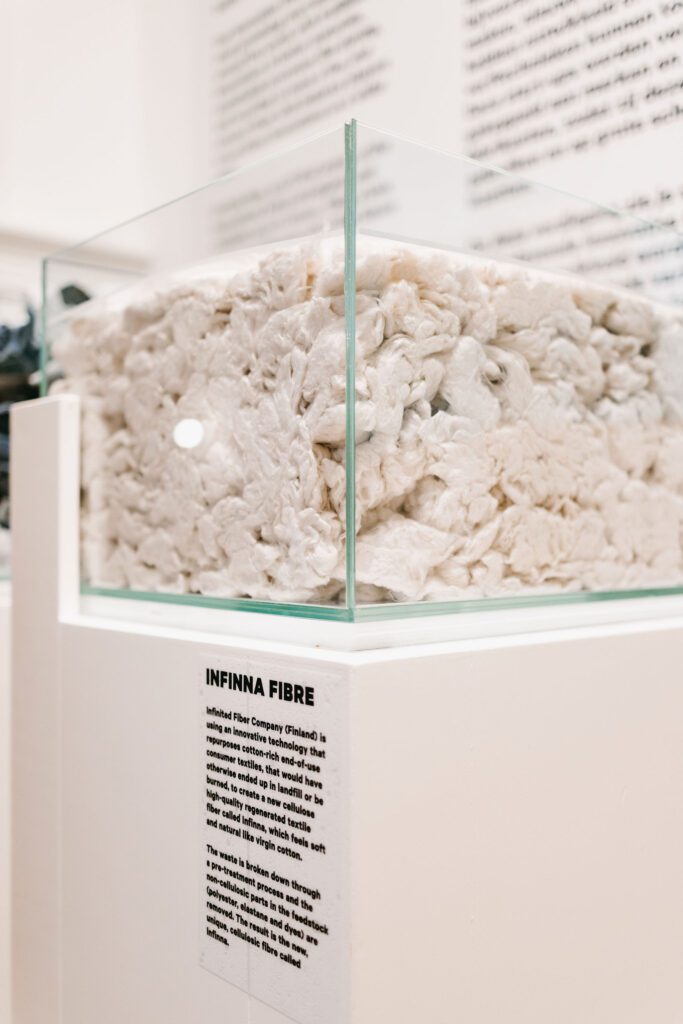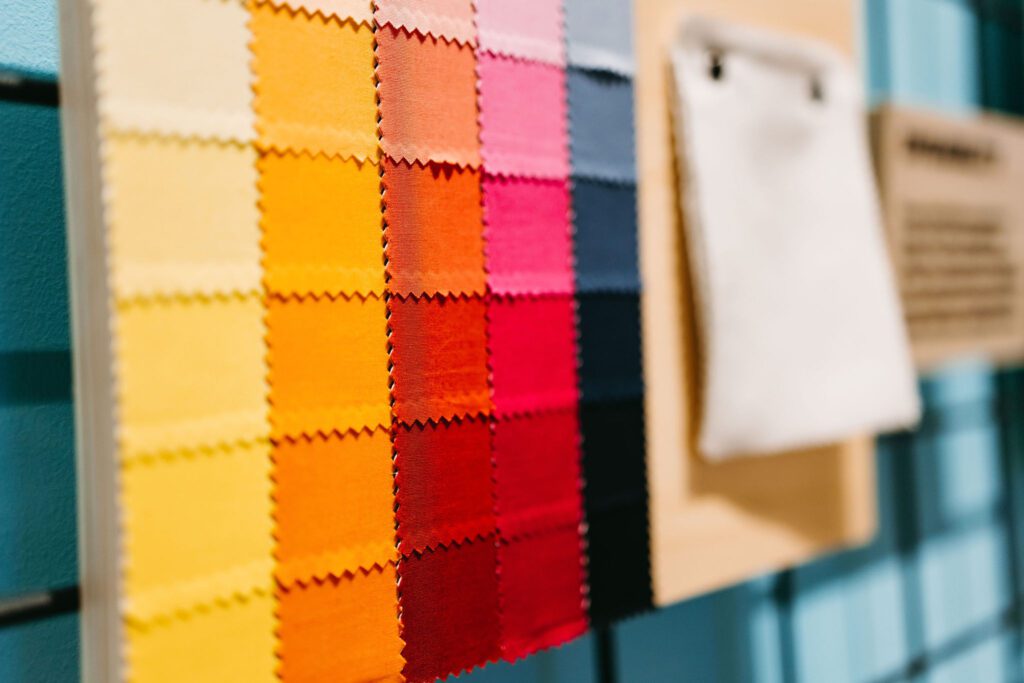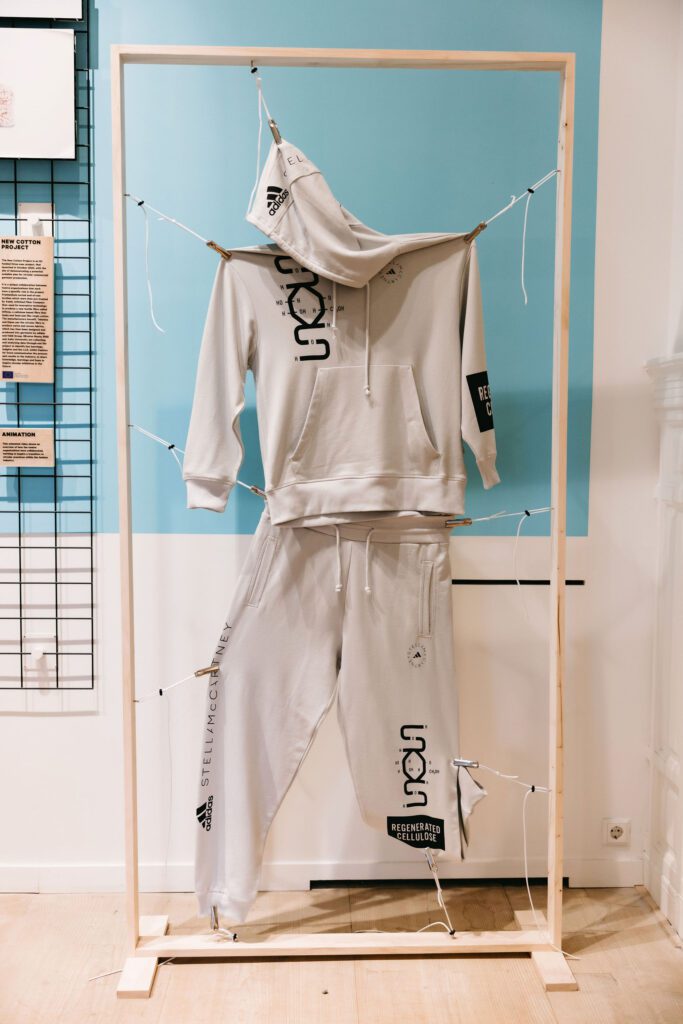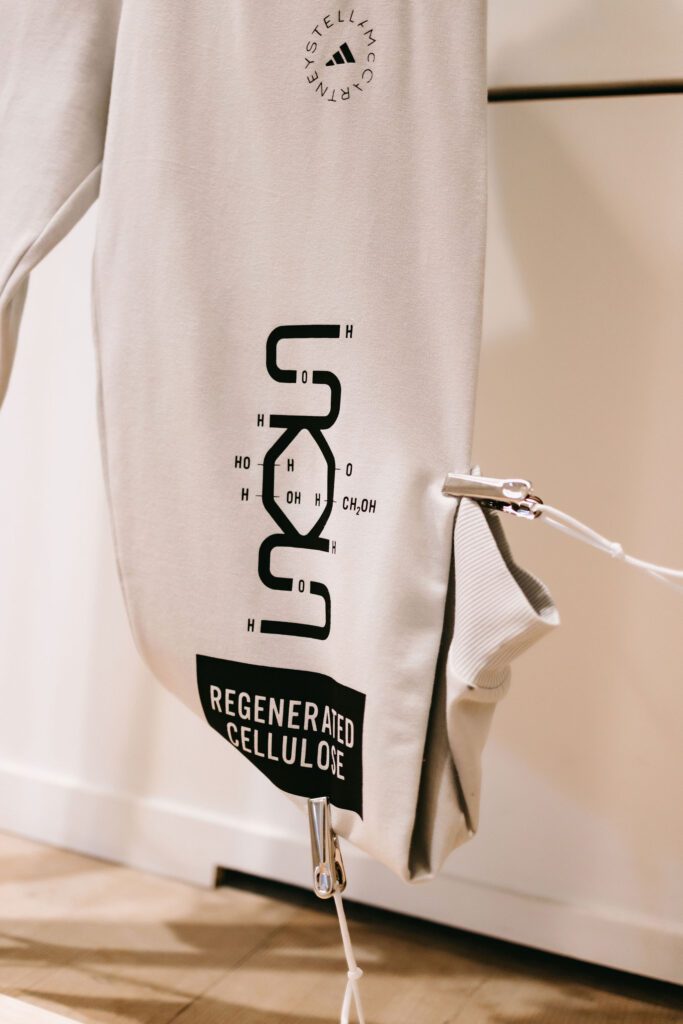The New Cotton Project: Defining the Blueprint for Circularity in Textiles
Back to overviewWritten by Muchaneta ten Napel
As the New Cotton Project passes an important milestone, Muchaneta ten Napel—Founder of FashNerd.com, Associate Lecturer at LCF and contributor to Vogue Business and The Interline—reflects on the journey so far and some of the key learnings the fashion industry can take away from the project.
Less fad and more future-focused, the fashion industry is transforming thanks to bold ideas, revolutionary new technologies and industry-wide collaborations, like the EU-funded New Cotton Project, launched in October 2020.
Driven by the need for disruptive innovations with staying power, the New Cotton Project has set in motion a circular model that could potentially benefit commercial garment production within the fashion industry.
Projected to break new ground when it comes to the future of closed-loop end-of-life solutions in textiles, the New Cotton Project test-and-learn process has demonstrated that circularity across the supply chain is possible. However, the industry must first slow down the system by sharing opportunities and being open about the challenges of building a circular business ecosystem.
Addressing The Problem
Based on research carried out by Fashion for Good, only 2% of end of use textiles enters fibre-to-fibre recycling, and the rest ends up in landfills or burnt; therefore, it has never been more critical for fashion businesses to adopt a more circular ecosystem within the EU textile industry.
The good news is that with increased textile waste collection and recycling becoming mandatory in the EU in 2025, access to scalable technology solutions will increase. The bad is that, with the need to decrease the fashion industry’s dependency on virgin materials, businesses are feeling the pressure to address a problem that has proven to be historically challenging, and this is where the New Cotton Project can step in.
The Journey So Far
Scheduled across a three-year timeline, the EU-funded project consists of a consortium of like-minded organisations. The 12 collaborators, Infinited Fiber Company, Frankenhuis, Xamk, Inovafil, Tekstina, Kipas, REvolve Waste, RISE, Fashion for Good, Aalto University, H&M group and adidas, have been chosen to play a specific role in the project’s journey.
Following the initial launch in 2020, the project kickstarted, in 2021, the exploration of pre-processing and testing of yarn production. First headed by Frankenhuis, the project began with a process that identified the correct feedstocks by analysing the fabric composition of sorted textiles before exploring pre-processing techniques.

Next, Xamk optimised the pre-treatment process for scale. And then, Infinited Fiber Company harnessed their cutting-edge chemical recycling technology to create its unique, cellulose-based textile fibres (cellulose carbamate fibres) out of post-consumer textile waste.
Infinited Fiber’s technology was a crucial component of the project. On a mission to make textile circularity an everyday reality, the Finnish company gave birth to Infinna, a sustainable option for conventional textile fibres like cotton, polyester and viscose. Born from waste, Infinna goes through a process that involves collecting materials and removing traces of polyester.
It’s worth noting that Infinited Fiber prefers a cotton-heavy fabric.

The next step in the process is extracting cellulose using urea. It is a procedure that creates a carbamate functionality that gives the fabric preferred fibre qualities like softness.
“We are very excited and proud to lead this project, which is breaking new ground when it comes to making circularity in the textile industry a reality,’ says Infinited Fiber Company’s Co-founder and CEO Petri Alava. ‘The enthusiasm and commitment with which the entire consortium has come together to work towards a cleaner, more sustainable future for fashion is truly inspiring.’
By the beginning of 2022, the project had reached the yarn and garment production stage. It was a step that called for manufacturers Kipas, Inovafil and Tekstina to take the Infinna fiber and use it to produce yarns, woven fabrics and denim.

Following this, adidas and H&M group designed and manufactured styles made with the Infinna fabric in preparation for the commercial production runs.
As we near the end of 2022, on the 4th of October, the project launched an adidas by Stella McCartney tracksuit. Part of adidas’ “Made to Be Remade” collection, the unisex tracksuit was made using a blend of 60% viscose and 40% organic cotton and boasts a subtle grey and black colour palette.

Designed and produced within the New Cotton Project, the oversized garment is an excellent example of how a circular fashion ecosystem could work. Dedicated to reducing textile waste, the tracksuit can be returned to Infinited Fiber to be broken down and turned into something new.
For this feature to be activated, the wearer must scan the QR code on the garment using their mobile. This action will take them to the adidas website, where they can access instructions on re-entering their used tracksuit into the recycling stream.
Speaking on the collaboration, Stella McCartney stated in an adidas press release: “More than ever, we are being challenged to find new solutions to deliver the potential for circular fashion, so it has been hugely exciting to collaborate with like-minded thinkers in the fashion landscape to help not only us, but the industry invent, innovate and consciously design.”
Adding: “We are truly proud to have produced a garment that provides an end of life of existence, whilst also staying true to adidas by Stella McCartney’s signature style for next generation activists”.

On the same date, H&M Group also released a unisex workwear set consisting of a printed demin utilitarian jacket and trousers.
The final step of the project’s journey is scheduled for 2023. It will focus on continued data collection and sharing insights and findings from key stakeholders within the industry. It will be led by REvolve Waste, RISE and Aalto University. In addition, Fashion for Good will continue to steer the project’s communications to the industry.
Lessons Learnt and Still Being Learned
As the New Cotton Project passes the mid-way point, some of the findings include the importance of sorting for recycling. Considered to be a fundamental step in the process, the good news is that investing in fibre identification technologies could simplify the task. True, some might argue that the technology is not quite there yet, but it is advancing, so creating a unified system that would make feedstocks more consistent could become a reality in the distant future.
The project also highlighted that mandatory reporting requirements for fibre composition in textile products should become the norm. Not only will that help make it easier for businesses to assess the recyclability of materials, but it will also allow new clothing from regenerated cotton textile waste to become a viable option.
Lastly, speaking to Kirsi Terho from Infinited Fiber at the launch of an installation that marks a two-year point at the Fashion for Good Museum in Amsterdam this month (October 2022), she emphasised the importance of brands designing clothes with end-of-life at the forefront of their decisions. She said the project highlighted this as a necessary change, adding, “This is something that can be determined during the design phase, which means companies can minimise unnecessary fibre blends”.
Determined to divert the fashion industry towards fibre-to-fibre recycling, the New Cotton Project has so far shown that it is possible on a small scale but on a larger scale will it be commercially viable?
Next, Mobilising and Accelerating Action
If you take away one thing from the New Cotton Project’s demonstration, let it be this, transitioning towards circular practices can no longer be an option. Even if we consider the enormity of the challenge, we no longer have the luxury of time. This is why the New Cotton Project is a critical step towards finding commercially viable solutions to transform an old system and implement longer-term, greener strategies.
The New Cotton project is an insightful example of how building actionable foundations through new initiatives, processes, and technologies can bring viable commercial possibilities to the sustainable development conversation.
So yes, the fashion industry isn’t doomed, but it is vital to understand the importance of bringing stakeholders with unique challenges and perspectives to the table. The collaborative approach of working towards a common goal will better equip the fashion industry to mobilise and accelerate action, and that is a fact.
Written by Muchaneta ten Napel / Photography: Alina Krasieva
